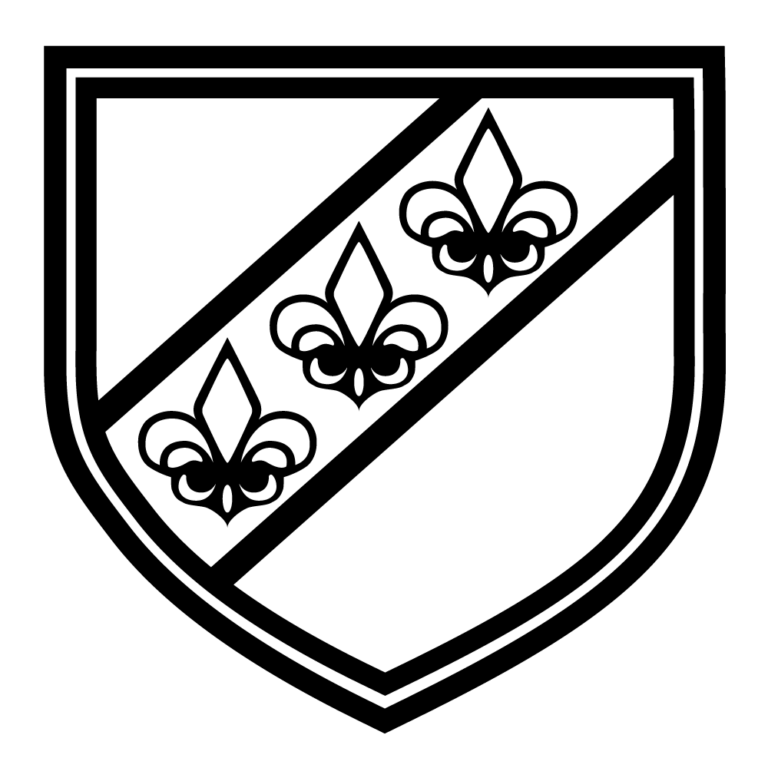Phonics at the Rosary
At the Rosary Catholic school we teach phonics through the Sound Start (based on Letters and Sounds) Programme.
Sound Start Phonics aims to improve children’s speaking and listening skills as well as preparing children for learning to read and spell by developing their phonic knowledge and skills. It sets out a detailed and systematic programme for teaching phonic skills for children starting by the age of five, with the aim of them becoming fluent readers by age seven.
What Are Phonics Phases?
The phonics Programme is broken down to teach sounds in a certain order, these are called phases.
Although, there are some words that cannot be broken down easily-we call “tricky words”. These are taught separately to the children.
Phase One
(Nursery/Reception)
In this phase, activities are separated into seven areas, including environmental sounds, instrumental sounds, body sounds, rhythm and rhyme, alliteration, voice sounds and finally oral blending and segmenting.
Phase Two
(Reception)
In phase two children learn 19 letters of the alphabet and one sound for each. The =y begin blending sounds together to make words. They are also encouraged to segmenting words into their separate sounds. At this stage they should begin reading simple captions.
Phase Three
(Reception)
Phase three focuses on the remaining 7 letters of the alphabet, one sound for each. Graphemes such as ch, oo, th representing the remaining phonemes not covered by single letters. In this phase children practise reading captions, sentences and questions. Once they have completed this phase, children will have learned the “simple code”, i.e. one grapheme for each phoneme in the English language.
Phase Four
(Reception)
In phase four, correspondences are taught and no new grapheme-phonemes are added. Children learn to blend and segment longer words with adjacent consonants, e.g. swim, clap, jump.
Phase Five
(Throughout Year 1)
During this phase children move on to the “complex code”. Children learn more graphemes for the phonemes which they already know, in addition to different ways of pronouncing the graphemes they already know.
Phase Six
(Throughout Year 2 and beyond)
In year 2 and up children work on spelling, including prefixes and suffixes, doubling and dropping letters etc.
What are “Tricky words”?
Tricky words are words that cannot be ‘sounded-out’ but need to be learned by heart. They do not contain the usual spelling patterns. In order to read simple sentences, it is necessary for children to know some words that have unusual or untaught spellings. When teaching these words, it is important to always start with sounds already known in the word, then focus on the ‘tricky’ part.
What are High Frequency words?
High frequency (common) are words that recur frequently in much of the written material young children read and that they need when they write.
What do the Phonics terms mean?
Phoneme: The smallest unit of sound in a word, e.g. c/a/t, sh/o/p, t/ea/ch/er.
Grapheme: A letter or group of letter representing one sound, e.g. sh, igh, t.
Clip Phonemes: when teaching sounds ,always clip them short ‘mmmm’ not ‘muh’
Digraph: Two letters which together make one sound, e.g. sh, ch, ee, ph, oa.
Split digraph: Two letters, which work as a pair, split, to represent one sound, e.g. a-e as in cake, or i-e as in kite.
Trigraph: three letters which together make one sound but cannot be separated into smaller phonemes, e.g. igh as in light, ear as in heard, tch as in watch.
Segmentation: means hearing the individual phonemes within a word – for instance the word ‘crash’ consists of four phonemes: ‘c – r – a – sh’. In order to spell this word, a child must segment it into its component phonemes and choose a grapheme to represent each phoneme.
Blending: means merging the individual phonemes together to pronounce a word. In order to read an unfamiliar word, a child must recognise (‘sound out’) each grapheme, not each letter (e.g. ‘th-i-n’ not ‘t-h-i-n’), and then merge the phonemes together to make the word.
Mnemonics: a device for memorising and recalling something, such as a hand action of a drill to remember the phoneme /d/.
Adjacent consonants: two or three letters with discrete sounds, which are blended together e.g. str, cr, tr, gr. (previously consonant clusters).
Comprehension: understanding of language whether it is spoken or written.



